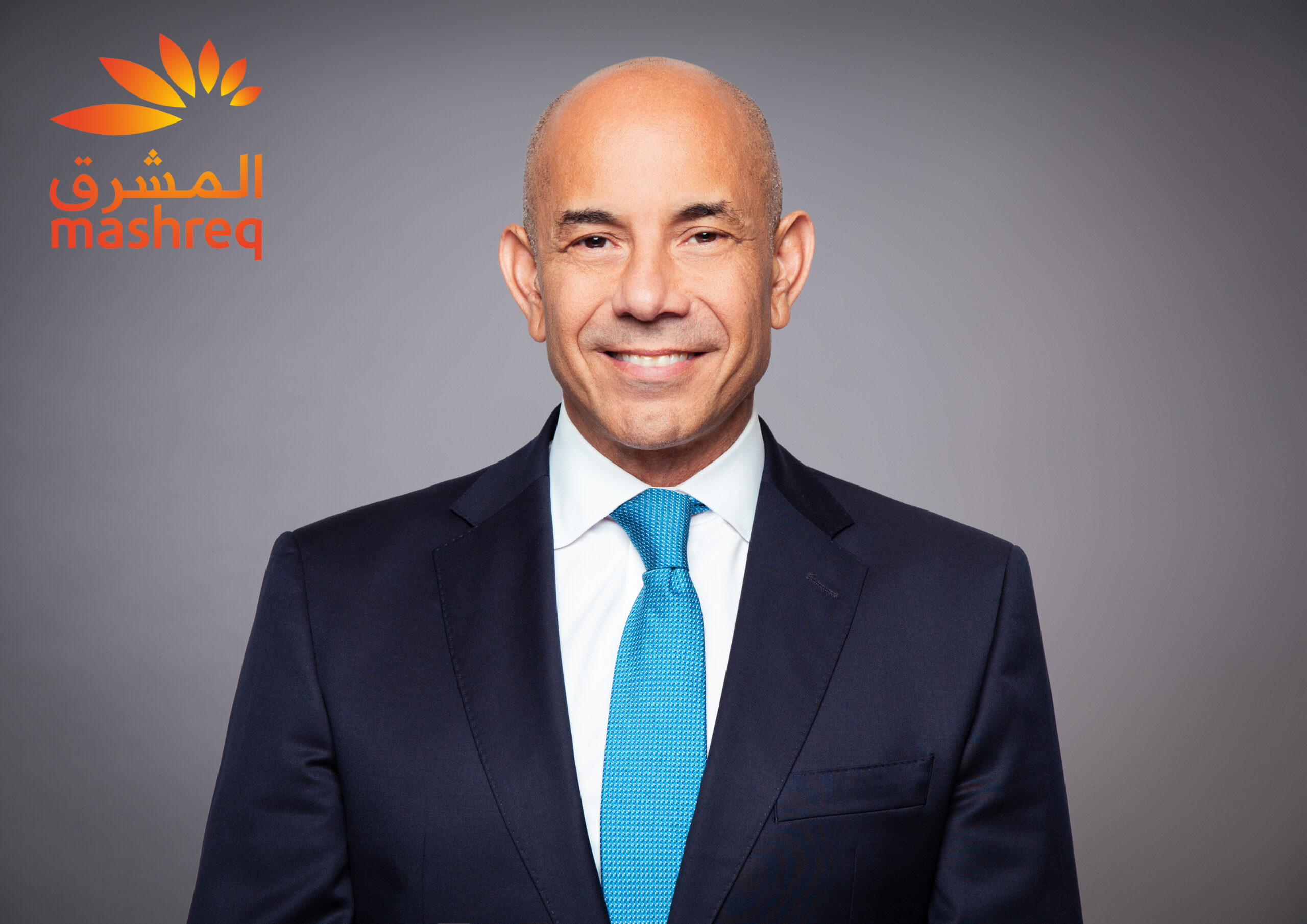|
Ask Richard Sandor or Wendy de Monchaux whether they think Banque Indosuez is a useful addition to Crédit Agricole’s financial fire-power. Their answer might be a short expletive. Both of them quit Indosuez after a brief, but initially successful, attempt to turn the conservative banque d’affaires into an Anglo-Saxon-style derivatives powerhouse. Jean-Claude Gruffat, at that time in charge of Indosuez in New York, hired Sandor and de Monchaux in April 1990 from a defunct Drexel Burnham Lambert, where they had just successfully unwound a $25 billion swap book. |
Thanks for your interest in Euromoney!
To unlock this article:



